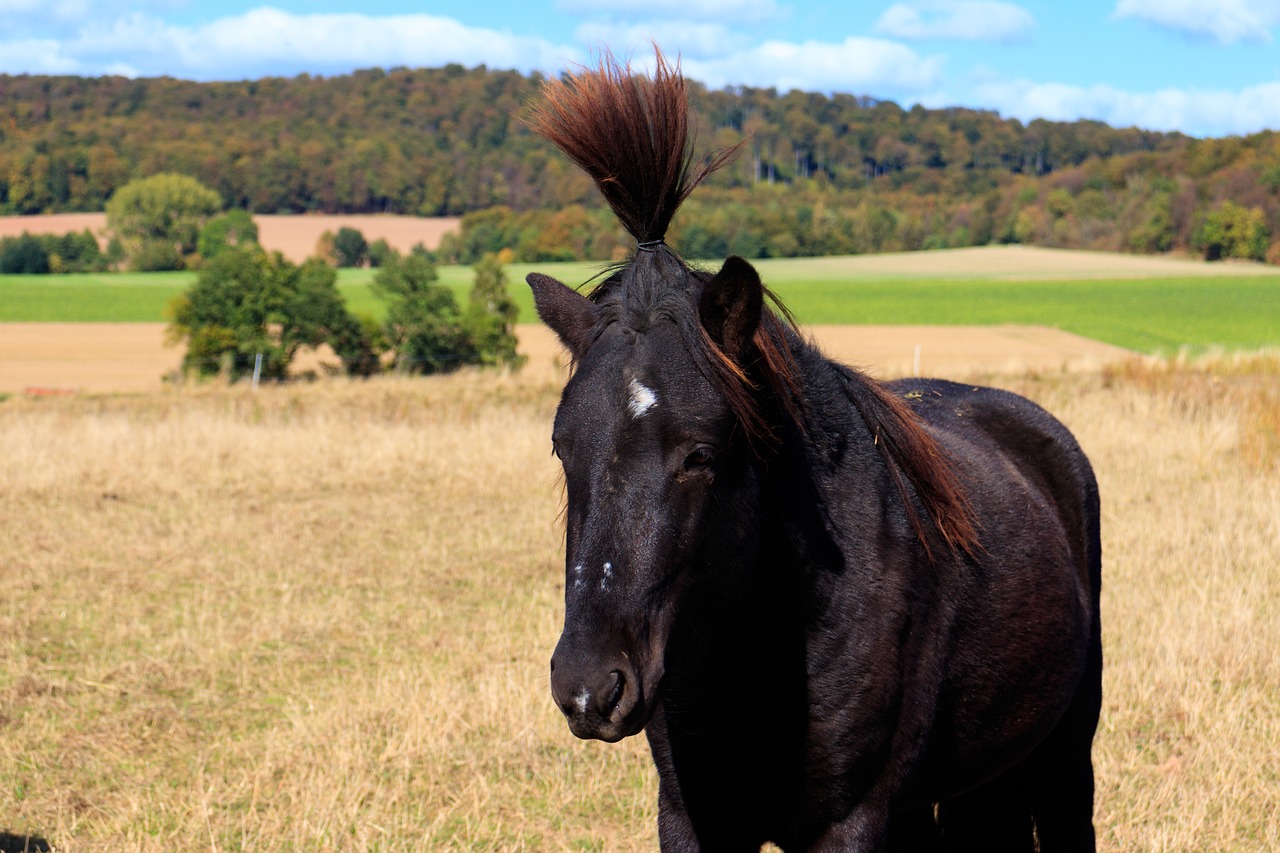Demeter: The Goddess of Agriculture and Fertility
Demeter stands as a vital figure among the Olympian deities, revered as the goddess of agriculture, grain, and sustenance. She is the nurturing force behind the earth’s abundant gifts, providing humanity with nourishing crops. Encapsulating her essence, Demeter often appears portrayed as a dignified woman adorned with a crown, holding stalks of wheat or a cornucopia, and sometimes wielding a torch, symbolizing her role as a guide to the afterlife.
Myths Involving Demeter
Some of the most notable myths associated with Demeter include:
- The heartbreaking tale of her daughter, Persephone, who was taken by Hades, leading Demeter to unleash a devastating famine upon the earth.
- The nurturing of Demophoon, the son of King Keleus of Eleusis.
- The adventures of Triptolemos, a hero tasked by Demeter with teaching humanity the art of agriculture.
- A disturbing encounter with Poseidon, who transformed into a horse to overpower her.
- The relentless curse upon Erysikhthon, who suffered an insatiable hunger as punishment for desecrating Demeter’s sacred grove.
More narratives about Demeter and her exploits are available in subsequent texts.
Family of Demeter
Demeter was born to Cronos and Rhea, making her the sister of major deities including Hestia, Hera, Hades, Poseidon, and Zeus. Among her children are Persephone, whom she had with Zeus, and Dionysus (a son with Zeus), along with Despoena and the horse Arion, children of Poseidon.
Demeter’s most prominent myth involves the abduction of her daughter Persephone by Pluto, also known as Hades. This story is central to her identity and worship. Zeus arranged the marriage of Hades and Persephone without informing Demeter, leading to Persephone’s plight as she was seized while picking flowers. Distressed by her daughter’s disappearance, Demeter embarked on an arduous search that lasted for nine days, during which she abstained from food and rest.
Upon discovering that Hades had taken Persephone, she withdrew from Olympus in her anguish, causing the earth to wither and suffer from famine. Zeus, concerned about the survival of humankind, intervened by sending Hermes to retrieve Persephone. However, before her return, Persephone had eaten a pomegranate seed, binding her to Hades and ensuring she would spend part of the year in the underworld. Eventually, an agreement was reached: Persephone would live with Demeter for two-thirds of the year, and spend one-third in the underworld, symbolizing the cycle of the seasons.
Characteristics and Worship of Demeter
Demeter was viewed as the personification of the fruitful Earth, playing a vital role in agriculture and fertility and regarded as a protector of the sanctity of marriage. Her worship centered around agricultural fertility and included the Thesmophoria and Eleusinian Mysteries, significant festivals that celebrated her and her daughter.
Demeter’s images portrayed her in various forms—some depicted her seated or in motion, often accompanied by symbols such as corn-ears or a torch. Artists aimed to embody her divine nature through bronze statues, vases, and other art forms, capturing the essence of her nurturing spirit.
The Romans later embraced the worship of Demeter, rebranding her as Ceres. Her influence extended far and wide, with her teachings touching on the interconnectedness of life, death, and rebirth, embodied in the myth of Persephone.
Conclusion
In essence, Demeter embodies the life-giving properties of the earth, a goddess of both cultivation and mourning, forever entwined with the cycles of nature and humanity. Her enduring legacy reflects the fundamental human connection to agriculture and the earth, reminding us of the delicate balance between life and death.



